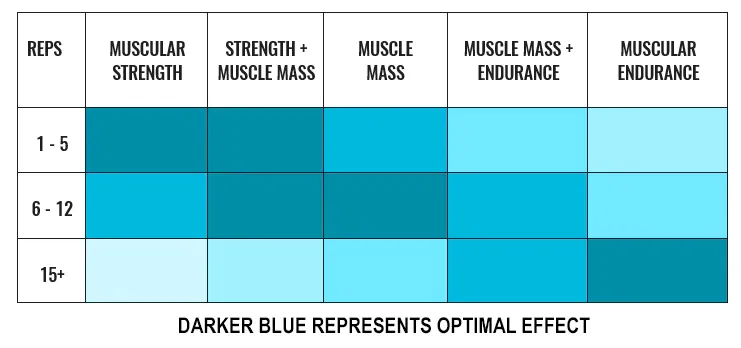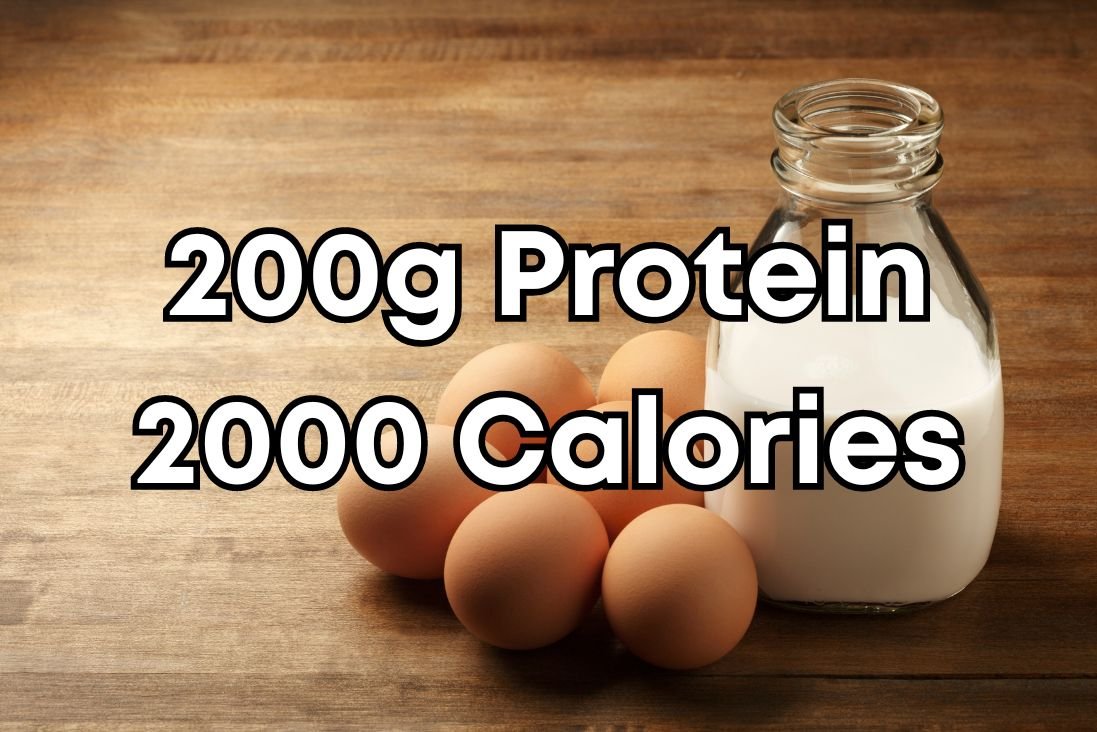Note: To make sure I didn’t miss anything in this piece, I referred Lyle McDonald’s The Protein Book as I wrote it. If you are interested in this topic, I strongly recommend purchasing it. Lyle is THE expert when it comes to nutrition and lifting.
In the previous part, we talked about protein requirements for hypertrophy. In this part, let’s talk about protein quality and the various aspects that define it.
What is Protein Quality
In a general sense, it means how much nourishment the protein actually provides to the body. Or how well the body can use that given protein.
There are various factors like the amino acid profile, the digestibility of the protein, the bioavailability, and also it’s been observed that some proteins lend themselves to muscular hypertrophy more than others.
Let’s examine these factors in this part of this series. I will focus especially on plant based protein because issues with protein quality typically arise in people who primarily get their protein from plant based sources.
Note that there are various other ways to measure protein quality than discussed in this article like Biological value (BV), Net Protein Utilization (NPU), Protein Efficiency Ratio (PER), etc. I don’t discuss them here because they are either flawed, not relevant for adult humans (meant for animals or children), or pointless when you’re already consuming sufficient quantities of protein.
Amino Acid Profile
Proteins are useful for our hypertrophy goals because they provide us with amino acids.
There are 20 amino acids found in food and muscle proteins contain all 20 of them. All 20 amino acids are needed for complete muscle construction.
Note that there are more amino-acids than these 20 (many found in the human body) but these 20 are the ones that are found in food.
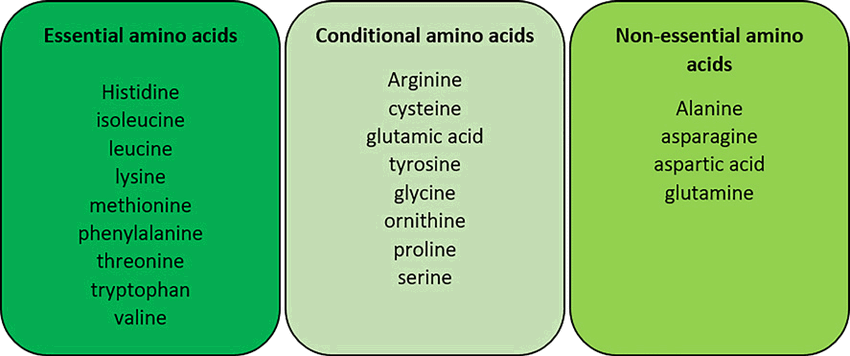
Note: You may have seen a “L-” before the names of these amino acids before (like L-leucine or L-glutamine). Many molecules come in the two different shapes, D- and L-. In the human body, only the L- form of nutrients is used, and D- form is either not used or is in some cases toxic to us. For the rest of this series, we will drop the L- before the names of individual amino acids.
Out of these 20 amino acids, 9 are essential amino acids (EAAs) and the others are either non-essential amino or conditionally essential.
What the word essential means is that your body cannot manufacture them by itself and they must come from your diet.
Conditionally essential means your body can create them if the necessary precursors are present. For most of them, your body can make them with central-metabolic carbon skeletons plus free ammonia or glutamate.
The two big exceptions are tyrosine and cysteine which require other EAAs (phenylalanine and methionine) to make, so they can become diet-essential if those EAAs are missing.
Does the protein in the food you’re eating actually have all the essential amino acids in adequate quantities to sustain muscle protein synthesis?
Each amino acid must be present above the minimum threshold for optimal muscle protein synthesis (MPS). If not, then that amino acid becomes the limiting factor for growth.
The Amino Acid Profile of Animal Protein vs Plant Protein
Animal based foods (like meat, milk, fish, eggs, etc.) have all the amino acids in high amounts (as far as human needs are concerned) because guess what – we’re also animals.
It should be fairly obvious because when you eat the muscle tissue of an animal, it will obviously have the amino acids necessary for your body to build muscle as well.
Note: The big exception to the animal based food rule is collagen, which is an incomplete protein found in the connective tissue of animals (skin, ligaments, tendons, bone, etc.)
Plant based foods on the other hand tend to be rich in some amino acids and deficient in others (as far as human needs are concerned). Note that they almost always still have some of everything, just in higher or lower quantities.
For example, legumes are a decent plant based source of protein but deficient in sulfur containing amino acids like methionine and cysteine. They are rich in lysine.
On the other hand, grains are rich in methionine and cysteine but poor in lysine.
So if you looked at grains and legumes individually, you’d say they have poor protein quality because they have limiting amino acids.
But if you mix them together they have great protein quality as all the amino acids are now there in high amounts.

And guess what – in almost all vegetarian cultures, they mix grains and legumes in their dishes. Like eating rajma with rice, or besan with wheat. They figured this out (I don’t know how).
Of course you should still be cautious that you don’t get most of your protein from one plant based source otherwise you can end up with a limiting amino acid.
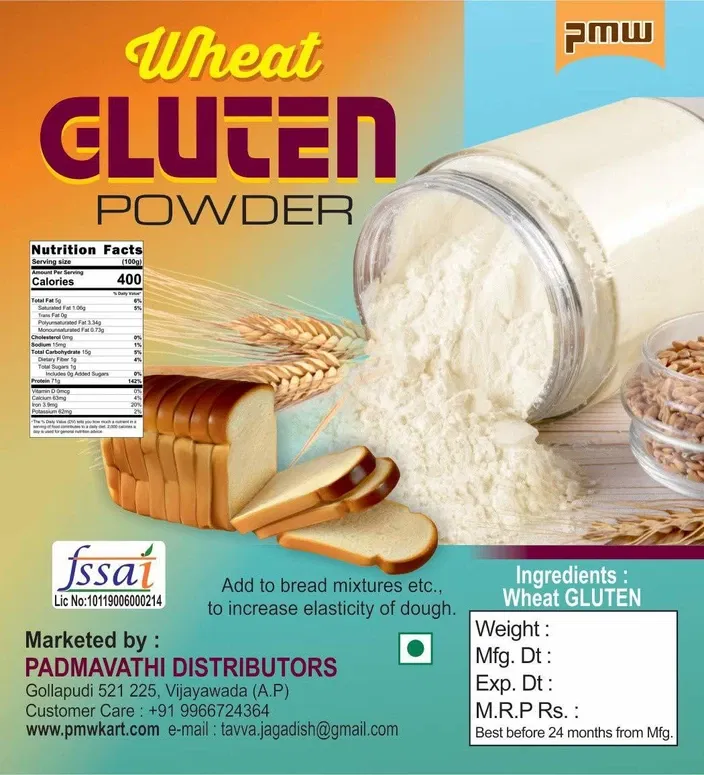
You will see this stuff with vegans who eat a lot of seitan (wheat gluten protein) to meet their protein needs.
Someone with a diet like this can greatly benefit from supplementing with individual amino acids (which taste like shit) or the essential amino acids (EAAs). But that’s rare and not worth discussing.
The actual problem with trying to get most of your proteins from plants is that it becomes really hard to actually eat your optimal protein intake while still keeping within your caloric limit.
An amino acid in the bloodstream is an amino acid in the bloodstream
There is this perception that some foods provide “better quality amino acids” than others. For example, a guy in my gym seems to think the protein from free range eggs is superior to protein from eggs laid by tortured chicken.
While there are various reasons to opt for higher food quality (the well being of animals is one of them), there is nothing that has “better” individual amino acids than the other. Once in the bloodstream, an amino acid is an amino acid.
There is no difference in a molecule of leucine (or any other amino acid) you get from chicken, fish, milk, legume, soy, grain, or whatever else. They are chemically and structurally identical.
You cannot tell them apart short of marking them with a radioisotope (which is often done in research).
Protein Digestibility
True Protein Digestibility Chart

As mentioned in the previous article in this series, not all protein sources are equally easy to digest.
In general, most of the protein found in animal based foods gets absorbed by the body (ileal losses are typically around 1-6%).
Also, in general, plant based protein has lower digestibility and some of the protein (about 10-25% depending on the food source) ends up in your poop. You don’t absorb all of it.
These are general rules and there are exceptions. For example, processed soy based foods have high digestibility. On the other hand, insect protein does not.
This is because of multiple reasons, the big ones being the plant cell walls and anti-nutrients.
Plant cell walls

Plant based protein sources (like legumes) have their protein inside plant cell walls made up of fibers (like cellulose) that physically block your digestive enzymes from reaching them.
Animal proteins don’t have this structural barrier with the exception of insect protein. Insect proteins are in an indigestible polymer called Chitin which significantly cuts down their digestibility. Chitin removal significantly improves absorption rates for insect protein.
A very simple thing you can do to improve absorption is to eat dehulled proteins. Hulled mung beans have a protein digestibility of 63.2%. Dehulling increases that to about 70%.
Antinutritional Factors (ANFs)
Several plant foods contain anti-nutrients that can make it harder for your body to digest the amino acids in them. This results in some portion of the protein in them being wasted and ending up in your poop.
What you can do about it
As it turns out – a lot.
A lot of cultures who eat these foods traditionally figured out what they need to do. Again,I have no idea how.
Processes like cooking, boiling, germinating, fermenting, etc. can improve digestibility significantly by swelling and rupturing cell walls, denaturing inhibitors, degrading the ANFs. (Excessive heat can introduce new anti-nutrients.)
| Antinutritional Factor | What you can do about it |
| Trypsin & Chymotrypsin Inhibitors | Wet heat like boiling, steaming, and pressure cooking is very effective at reducing or eliminating these inhibitors in legumes and cereals. Pre-soaking followed by cooking further enhances removal; sprouting can break down protein inhibitors to a lesser degree. |
| Tannins | Extended soaking in water, especially at higher hydration levels, can leach out a lot of the water-soluble tannins. This is why in traditional cultures almonds are soaked overnight and peeled before eating. Lactic acid fermentation processes (used in some traditional foods) also lower tannin content. |
| Phytates | Again, soaking and fermentation works. Allowing seeds or legumes to sprout activates phytase enzymes, breaking down phytate molecules. |
| Maillard Reaction Products, D-amino Acids, Lysinoalanine | Minimize overly high heat processes and avoid food treatments with strong alkali; moderate cook temperatures and shorter times help reduce the formation of unwanted Maillard products and damaged amino acids. |
It should be noted that none of these methods are perfect and some antinutrients will always survive. For example, cooked legume digestibility goes up from ~75% to 80-88%. There is still some loss.
Again, all of this means that if you’re primarily getting your protein from plant sources, you need to eat 20-30% more protein than common requirements.
Digestibility of whole foods vs isolates
It should be noted that isolates (like soy isolate, pea protein isolate, etc.) have plant cell walls removed and the vast majority (90%+) of anti-nutrients either removed or inactivated.
In other words, the protein isolate versions of these foods have high digestibility (90-95%).

Soy protein isolate by itself and other plant protein blends like rice+pea protein isolates have high digestibility AND great amino acid profiles.
If for whatever reason you don’t like whey protein (eg. whey protein triggers acne in some people), these powders are a pretty good option. An argument can be made that they are “more processed” but as far as protein is concerned, there is no problem with these items.
Note: This makes certain types of keto/carnivore influencers really mad. It’s almost like they need plant protein to be trash in order to market their cultish ideology.
PDCAAS/DIAAS Scores (Combined way to measure amino acid profiles and digestibility)
Digestible Indispensable Amino Acid Score (DIAAS) and Protein Digestibility Corrected Amino Acid Score (PDCAAS) are two ways to rate the amino acid profiles of various food sources.
DIAAS is a newer measure that only accounts for protein digestion till the small intestine. PDCAAS is an older measure that also counts protein digestion by bacteria in the large intestine (this doesn’t provide your body with the amino acids).
Foods that provide optimal amino acid profiles (as far as human needs are concerned) and high protein digestibility score higher than those that don’t meet both criteria.
| Food | PDCAAS | DIAAS |
| Milk Protein Concentrate | 1 | 1.18 |
| Pork | 1.17 | |
| Whole milk powder | 1 | 1.159 |
| Whole milk | 1 | 1.14 |
| Egg (hard boiled) | 1 | 1.13 |
| Whey Protein Isolate | 1 | 1.09 |
| Chicken breast | 1 | 1.08 |
| Egg | 1.01 | |
| Potato | 0.99 | 1 |
| Soybean | 1 | 0.996 |
| Chickpeas | 0.74 | 0.83 |
| Pea Protein Concentrate | 0.893 | 0.822 |
| Peas | 0.782 | 0.647 |
| Cooked rice | 0.616 | 0.595 |
| Cooked kidney beans | 0.648 | 0.588 |
| Oats | 0.57 | |
| Tofu | 0.56 | 0.52 |
| Roasted peanuts | 0.509 | 0.434 |
| Wheat | 0.463 | 0.40-0.48 |
| Almonds | 0.39 | 0.4 |
| Legumes | 0.70-0.89 | 0.68-0.88 |
You will often find people talking about these scores on the internet and the general conclusion is that plant foods are inferior to animal foods because they score lower.
By now all the smart readers have already figured out the problem with this – the scores measure individual foods. Legumes score low because they lack methionine and cysteine. Grains score low because they lack lysine.
But if you cook them and combine the legumes and grains together (which is almost always done), the DIAAS/PDCAAS scores are higher.
Of course because of the lower digestibility they are still not as great as animal based food sources (at least as far as protein is concerned) but they’re not gutter trash as a ton of not-so-well-informed influencers today make it out to be.
The main thing is that if your primary source of protein is plants, you need to eat 20-30% more to get your optimal intake while accounting for the lower digestibility.
This can be quite hard to do while keeping calorie consumption in control without using supplements.
Protein Shakes vs Protein From Whole Foods

As explained earlier, there is no difference between amino acids you get from different food sources. A molecule of leucine in the bloodstream is a molecule of leucine in the bloodstream whether you get it from soy or whey or chicken.
In other words protein from whole foods is not inherently superior to protein from protein powders.
So why drink shakes?
Firstly, they are high quality protein that are cheaper than whole foods on a per gram of protein basis.
Secondly, protein shakes are convenient. They are very useful for getting protein in around workouts because they let you get in protein without interfering with your workout.
Eat a big meal right before training and it becomes harder to train. Eating a big solid meal right after training is also hard because exercise blunts appetite for a while in most people.
Shakes add convenience but that’s pretty much all they do – make things convenient.
Other than around training times, you should prefer whole foods over protein shakes. This is because whole foods provide not just protein but also vitamins and minerals, and other nutrients that are yet to be discovered by research.
For example, there is something in chicken meat that increases the absorption of non-heme iron. So far we don’t know what that is, but if you eat the chicken meat, you’re going to get it. Similar unknown nutrients are probably present in many other foods.
Likewise getting your protein from high quality whole foods gets you omega-3 fatty acids, zinc, heme iron, B12, calcium, and all sorts of useful things.
That said if you are vegetarian or vegan, it is usually impossible to get all of your protein while keeping calories in control if you don’t have a lot of protein shakes. In this case, you may not have a choice.
For everyone else, keep your protein shakes limited to around your training and prefer eating whole foods instead.
The best strategy seems to be to eat a variety of protein sources
The best overall strategy is to get your protein in from a variety of sources so that you maximize any benefits they have while minimizing the negatives.
| Protein source | Advantages | Negatives |
| Milk | Rich in calcium | Can bloat you and adds a lot of calories. Seem to trigger acne breakouts in some people. |
| Fish | Rich in Omega 3 fatty acids | Contains mercury |
| Soy | Mainly that it’s cheap | Contains isoflavones which weakly mimic estrogen |
| Eggs | Great source of animal based micronutrients some of which are not found in plants (like B12, EPA, DHA, D3) | Whole eggs have a lot of calories. Egg whites alone are a relatively poor quality protein. |
| Red meat | Very rich in heme iron, which is absorbed 10x better than non-heme iron | Cooking it in certain common ways creates cancer causing compounds. Some cuts contain large quantities of fat/calories. |
| Chicken | Low in fat. Contains something that improves absorption of non-heme iron. | May contain antibiotic residues |
| Plant sources | Contain various plant based micronutrients like vitamin C, flavonoids, polyphenols, carotenoids, and other unique phytonutrients which are not found in animal based foods. Contains fiber which is important for your digestive system. | Can bloat you and adds a lot of calories. Lower digestibility. May contain ANFs. |
By getting your protein from a variety of sources, you can maximize the benefits you get from the positives and minimize the negatives. This is because of the logarithmic nature of the positives and the linear nature of the negatives.
To put it in simple terms, if you eat lean red meats a few times a week you get in a bunch of heme iron. But after a point more and more iron isn’t going to do anything significantly beneficial. But the negatives will keep adding up.
The same for fish. If you eat some every day, you get in omega 3 fatty acids that are great for you. If you only eat fish, after a point the additional omega 3 has no marginal effect but the mercury content keeps piling up.
Most lifters become obsessed with one or two sources of protein and thus forgo the positives in everything else and compound the negatives.
So try to get your protein from a variety of sources where possible. Of course many people have dietary restrictions so you may not be willing to eat all food groups, but whatever food groups you do eat, spread your protein out within them.
In the next piece, I’m going to talk about BCAAs, Leucine, and other amino acid supplements that you’ve probably seen many people take in the gym or influencers recommend that you take.
– Harsh Strongman
| Title |
|---|



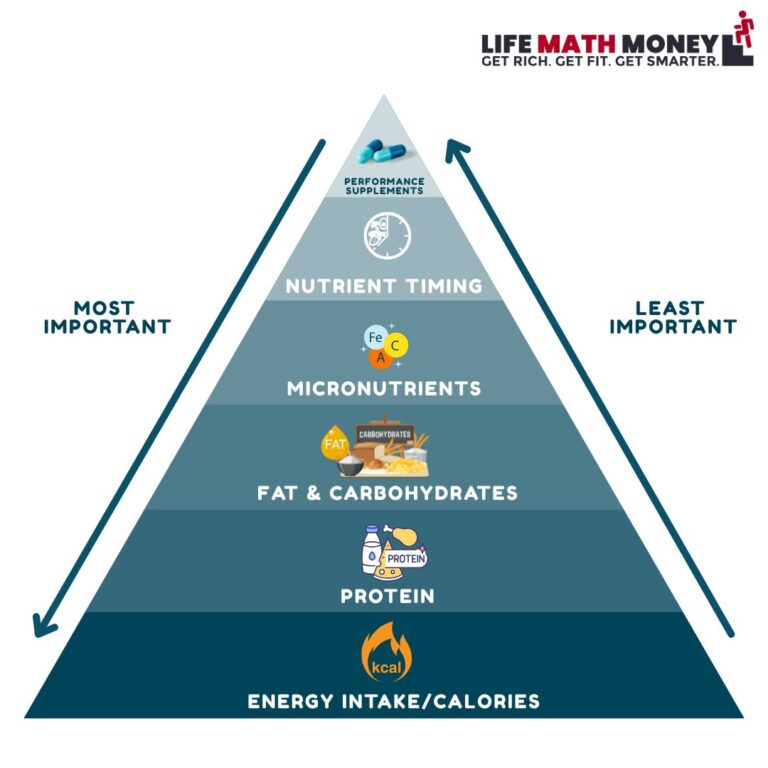






![Traits Women Find Attractive Traits Women Find Attractive (And How to Score Yourself) [PART 1: Physical Aspects]](https://lifemathmoney.b-cdn.net/wp-content/uploads/2025/11/Traits-Women-Find-Attractive-1.jpg)












